Cape buffalo are among the world’s most dangerous game animals. This past year, Professional Hunter (PH) Claude Kleynhans was cutting a road to a buffalo his client had taken when a second buffalo attacked out of nowhere. Kleynhans was a family man and a well-respected PH, yet when taken by surprise, he was no match for black death.
Choosing to hunt Cape buffalo with an arrow assures that you will be placed in great danger, before and after the shot. If you are stalking a buffalo into the wind, like North American game, and the wind changes, the stalk immediately stops. If a buffalo knows it’s being followed, the crafty beast can lay in wait and attack like a Mack truck at interstate speeds.
Equipment Matters
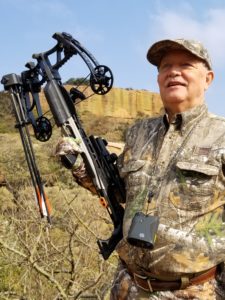
Cape buffalo are of modest interest to most American hunters, yet one of the best ways to test a product is to analyze it outside the “whitetail and elk box.” No hunter will complain if their bow launches an arrow too fast, too accurately, or with too much lethality. Yes, I wanted to kill a Cape buffalo with a crossbow, but the equipment mattered because my life depended upon it.
I was a fan of the Mission MXB when it first appeared and took two of my biggest whitetails with it. The bow was light, handled easily, showed good speed and great accuracy. It easily earned a chapter in my book “The Ultimate Guide to Crossbow Hunting.”
Out of the Box
I field test half a dozen crossbows each year and one of the first impressions the Sub 1 will make is it comes pre-assembled. There are no critical parts or cable slides to figure out; it comes ready to shoot. Attach the quiver and the scope, and you are good to go.
You will quickly learn that the Sub 1 is one of the quietest bows you will shoot despite a rated speed of 350 fps. It comes with a quality Hawke scope that adjusts for varying speeds. Since my hunt was under such dangerous circumstances, I upgraded to Hawke’s most adjustable model, which allowed me to shoot 420-grain plains game arrows in the morning and 650-grain dangerous game shafts on the evening hunt.
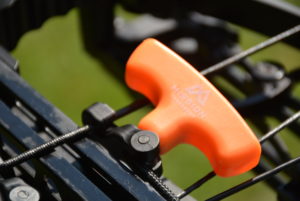
Cocking is an important element of any crossbows, and the Sub 1 comes with two engineering advantage. First, the bow does not have a cocking stirrup, which makes it shorter and easier to sight, especially if you are shooting from a pop-up blind or around limbs from a tree stand. Additionally, the shorter stature of the bow allows the shooter to use more of their leg muscles and less strain on their back.
Secondly–and this may sound minor–the cocking rope handle has one colored orange and one colored black. Personally, I would have preferred red (for right hand), but this small coloration feature guarantees that you can cock the bow quickly and properly by always holding the orange handle in your right hand.
Professional Hunter Approved
Whenever I conduct a field test, I try to let other people shoot a bow, arrow, or broadhead to get their opinion. Often, I can learn the nuances of a product by just listening to a second opinion.
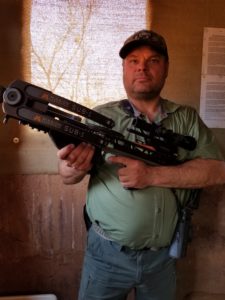
Piet Otto was my professional hunter on this safari and we hunted together every day. From the beginning, Otto was impressed with the Sub 1 and how quietly it launched. Otto has hunted throughout Africa and even guided the king of Sweden on a safari. He also has his own concession just north of Johannesburg where he specializes in big kudu bulls.
“Although most of my hunters use a rifle, I tell them if they want a big kudu, they should use a crossbow at a waterhole,” he said. “I’d surely love to try this bow out at my place.” When Otto cocked the bow, his eyes lit up. “It’s amazing to get this much speed from a bow that so easy to cock,” he said.
Moment of Truth
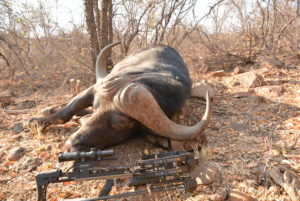
The purpose of a field test is not to compare numbers but to report how well a product performed under difficult conditions. For example, I brought a second bow on the safari to field test and it blew a string on the second practice shot. I’m guessing the 16 hours of constant vibration on an airliner was more than it could handle.
I took the Sub 1 afield every day where it had to endure constant pounding of 4×4 travel and clouds of dust. On day four, I got the chance of a lifetime. A big mature Cape buffalo bedded in modest brush 38 yards away. Shooting from a sitting position, I waited for it to stand and immediately launched. The heavy 650-grain shaft got complete penetration on the massive beast. Blood loss was immense, and the old buff expired less than 100 yards away.
For information on this and other plains game hunts, e-mail Rassie Erasmus at bowhunt@rassie.co.za. Check out the Sub 1 at www.MissionCrossbows.com









![The Best Deer Camp Chili [VIDEO] Deer Chili Ingredients, Tomatoes, Chili Spices](/wp-content/uploads/2015/10/Deer-Chili-Deer-Camp-Recipe-218x150.jpg)








![How to Call Elk Early in the Season [VIDEO]](/wp-content/uploads/2016/08/byers003-218x150.jpg)

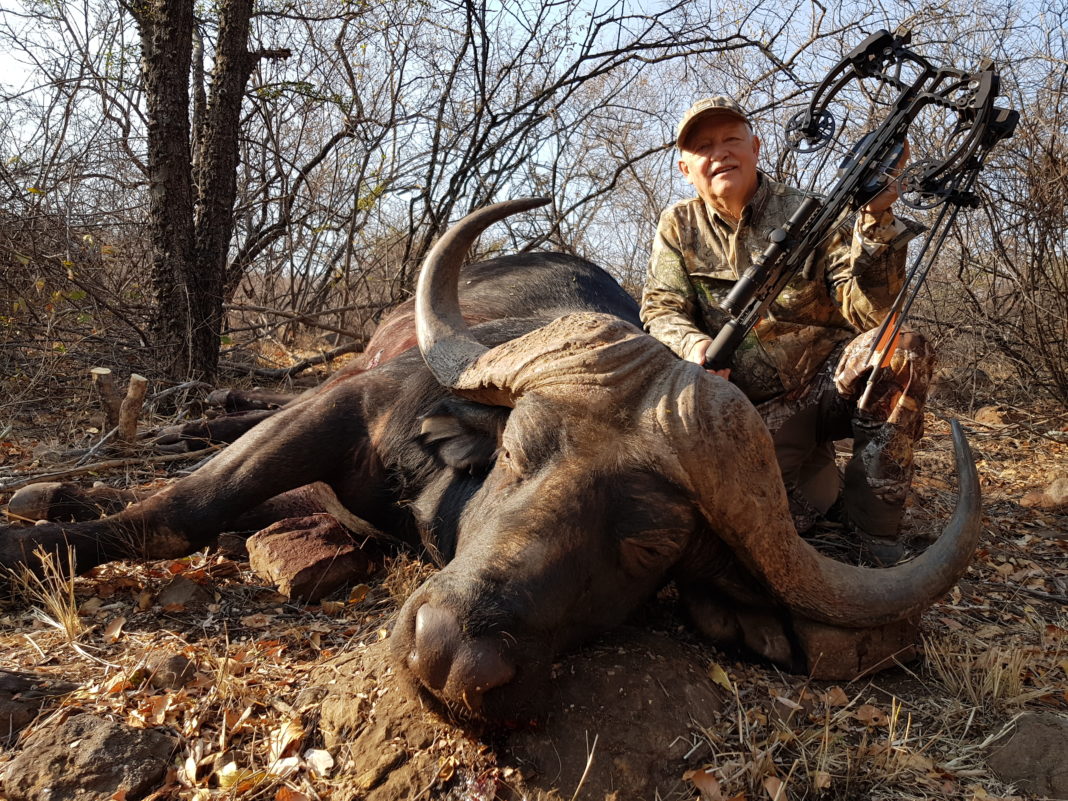


![Idiots Disturb Hunter: How Would You Have Handled It? [VIDEO]](/wp-content/uploads/2015/10/DSC00110-e1474487693878-100x70.jpg)
![Albino Buck Shocked to Shed His Antlers [VIDEO]](/wp-content/uploads/2015/10/AlbinoDeer-100x70.jpg)